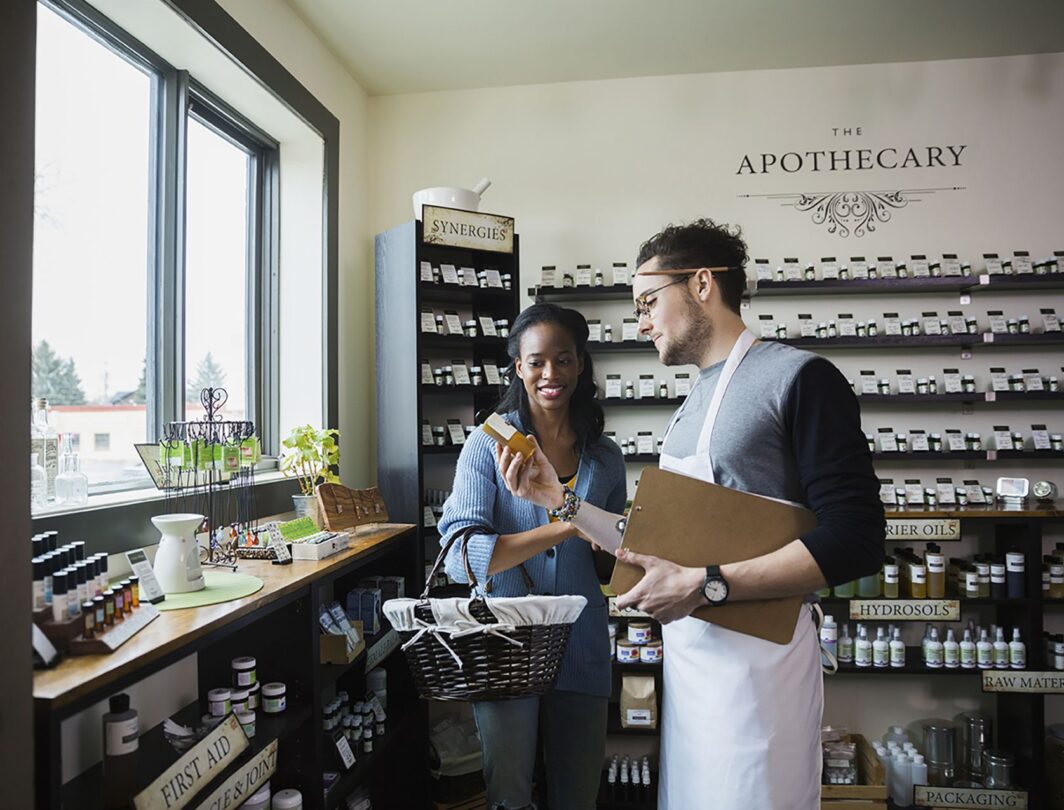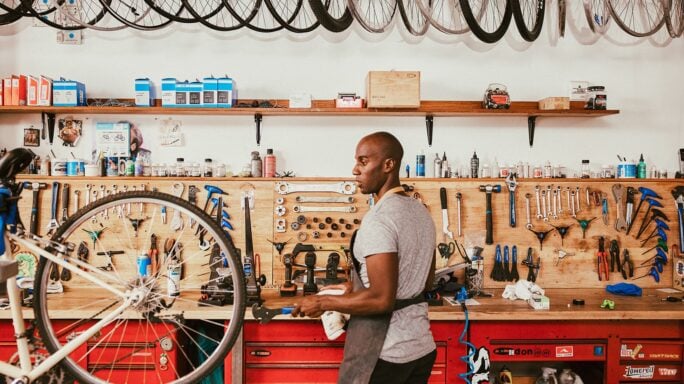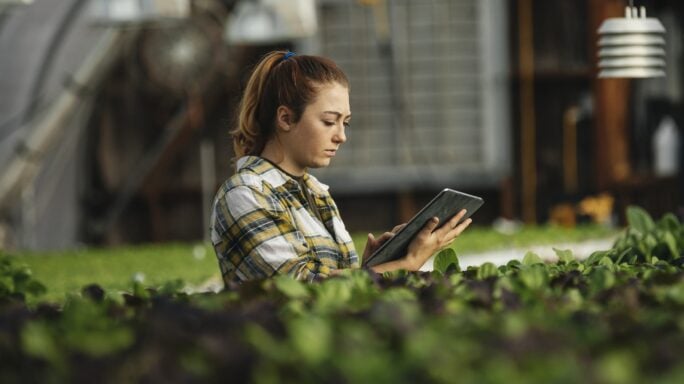Strategy, Legal & Operations
Sustainable small businesses: How to put purpose, profit and positive change into motion
Find out how to make your small business sustainable and successful, with people, planet, profit and purpose at its core.

What does sustainability mean for a small business?
With so many definitions out there, it’s a term that finds itself open to misinterpretation.
For entrepreneurs, suppliers and consumers, sustainability takes on very different meanings, so where’s the starting point?
In this article, we take a closer look at sustainability for small businesses and how you can put positive change at the forefront of what you do.
Here’s what we cover:
Sustainability is a team sport
Getting started with sustainability
Make sure your metrics measure up
Sustainability is a team sport
One thing’s certain, when creating a truly sustainable business model, you need to plan for and adapt to our rapidly changing ecological and economic landscape.
On top of minimising environmental impacts—that might involve eliminating waste and pollution or switching to renewable resources—a sustainable business considers its social influence, from worker ethics to gender equality.
The business also needs to be financially able to succeed in the long term, and streamlining resources is often one of the most cost-effective ways to do that.
Whether you visualise this as a three-pillar structure or overlapping circles of a Venn diagram, authentically sustainable businesses focus primarily on people, planet and profit.
To achieve that focus, sustainability can’t be an add-on or an afterthought, solely the job of a sustainability manager. An integrated 360-degree approach is the only way to create lasting change, and the UN’s 17 sustainable development goals (SDGs) offer a comprehensive framework to help achieve that.
Getting started with sustainability
You don’t need to have a huge budget to start working towards your SDGs.
You could empower stakeholders across your business to implement best practices, and become an agent of change. With everybody on board, sustainability can more easily become engrained into every aspect of your business, from the customer-facing front line to the supply chains behind the scenes.
Remember to watch out for areas that could be easily overlooked, such logistics. Consider, for example, whether a product presented in beautifully recyclable plastic-free packaging, but has been air-freighted around the world, can still call itself green.
When every decision-making process takes these SDGs into consideration, this ethos will be a common thread running through your business.
Purpose comes before progress
During the coronavirus pandemic, climate change coach Charly Cox saw first-hand how businesses that already had a really strong purpose and connection to their community seemed to pivot much better.
She says: “It’s not just about your carbon footprint, it’s about how you connect to your community on that.
“SMEs that already had those networks and relationships in place and could be useful to their community straight away found the transition much easier, whereas businesses that had been basically all about making money and had not previously engaged locally struggled to find their reason for being.”
The challenge to transform your business to be fit for the future will differ between sectors.
“If you’re a heritage company, a company of gas engineers, for example, you’ll need to factor in retraining. It’s about adaptation,” says Charly, who trains people to be more relational through the change as it happens within all sorts of companies.
Once people understand that change is a good thing, anything is possible and SMEs have an enormous sphere of influence so that intention can be amplified.
And that’s a major part of Charly’s work.
She says: “I help people to revive that sense of belief and equip them with the skills to overcome the natural threat response that comes with change, both with the climate crisis and the internal, personal change that’s happening.”
Make sure your metrics measure up
If you can’t measure it, you can’t manage it.
The key to creating realistic goals is being able to measure achievements in a really tangible way and improve on them as part of an iterative process. In terms of quantifying impacts, companies often measure scope 1, 2 and 3 emissions:
- Scope 1 covers the greenhouse gas emissions that a small business makes directly, from its fleet of delivery vans, for example.
- Scope 2 emissions are created for and bought by the company, so it covers the electricity used to heat buildings.
- Scope 3 gets more complex as it encompasses all the emissions that a company is responsible for up and down its value chain, from suppliers to consumers.
But that’s the most exciting part, according to Charly.
She says: “Scope 3 is where there is a real opportunity for people who want to be influencers.
“Here, you start to take responsibilities for your externalities and potentially influence your suppliers and your customers, up and down the supply chain.
“Once your business is established, that’s the next frontier.”
The challenge of transparency
Honesty is always the best policy.
Charly says: “It’s a journey—make an intention to go in this direction.
“You won’t get it right all the time but at least your business is giving it a go and I think people really respect that. It’s hard to get shot down when you’re that honest.
“This can be a fun process, it might even be fundable from your local authority.”
Today’s consumers aren’t just savvy but passionate about the planet, and they want to believe in a brand before they put their money behind it.
Shoppers are actively looking for eco-credentials, and can certainly see beyond the greenwash, find out whether proof points can be verified, and get to know which certifications are most robust.
Eighty-three per cent of consumers say big brands aren’t doing enough to help the environment, according to a report by boutique consultancy The Brand Bean, and that they trust small businesses more when it comes to caring for the planet.
The shift to smaller, independent businesses has been accelerated by the pandemic, with 78% of the 4,000+ people surveyed in the report saying being eco-friendly is more important to them now than it was a year ago.
But don’t fake it. Full transparency is key wherever you are in your journey towards sustainability.
If you try to do things perfectly right off the bat, you’ll never see any meaningful progress.
Take that first small step, start your sustainability journey and your business can thrive.
Just ask: what’s your purpose?
Sustainability Hub
Explore how your small business can create a robust sustainability strategy, save money, and attract more customers by visiting the Sustainability Hub.








Ask the author a question or share your advice